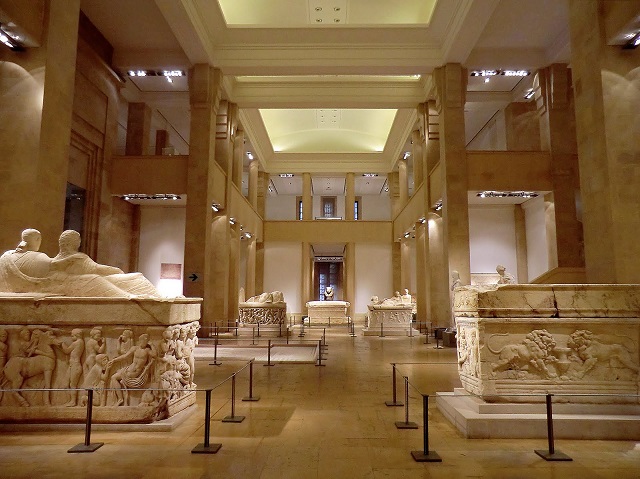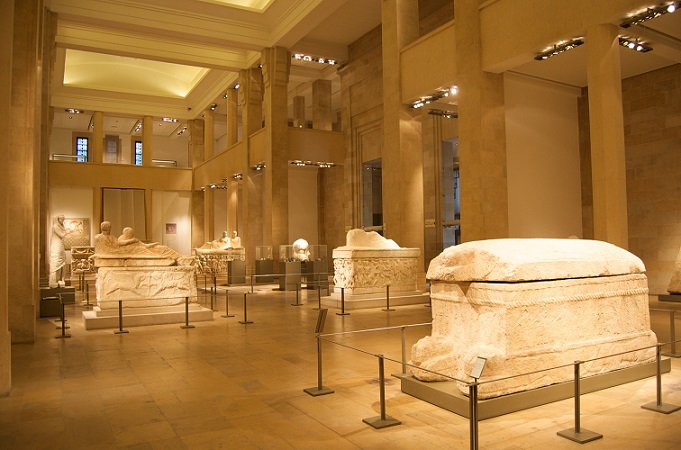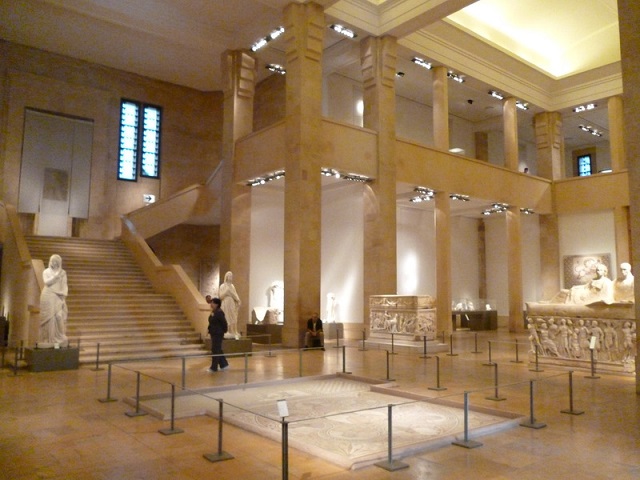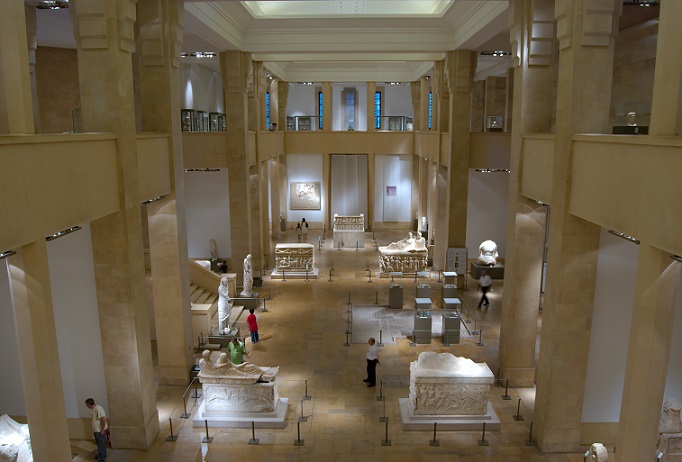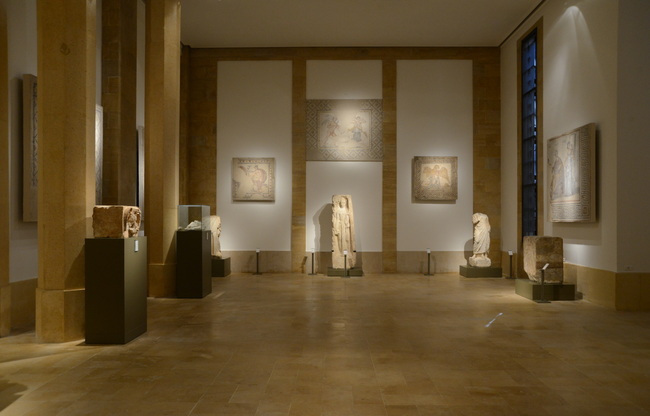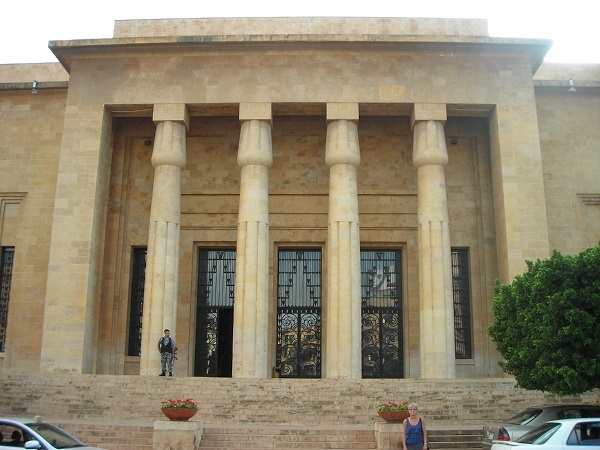National Museum of Beirut
Introduction
The National Museum of Beirut is the principal museum of archaeology in Lebanon. The collection was begun after World War I, and the museum was officially opened in 1942. The museum has collections totaling about 100,000 objects, most of which are antiquities and medieval finds from excavations undertaken by the Directorate General of Antiquities. About 1300 artifacts are exhibited, ranging in date from prehistoric times to the medieval Mamluk period.
During the 1975 Lebanese Civil War, the museum stood on the front line that separated the warring factions. The museum's Egyptian Revival building and its collection suffered extensive damage in the war, but most of the artifacts were saved by last-minute preemptive measures. Today, after a major renovation, the National Museum of Beirut has regained its former position, especially as a leading collector for ancient Phoenician objects.
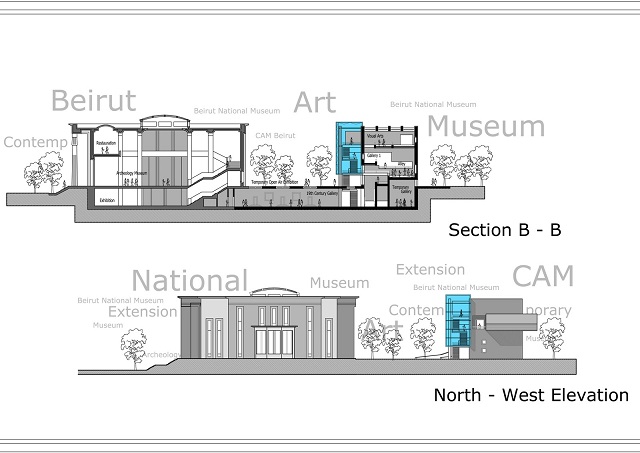
Origins
In 1919, a small group of ancient artifacts collected by Raymond Weill, a French officer stationed in Lebanon, was exhibited at a provisional museum in the Kaiserswerth Deaconesses' building in Georges Picot Street, Beirut. Meanwhile, a forerunner of the Archaeological and Fine Arts Service began to assemble items from the region round Beirut. The initial collection was rapidly expanded under successive antiquity directors with the addition of finds from the excavations led by Dr. Georges Contenau at Saida and Ernest Renan at Saida, Tyre and Byblos. Donations of private collections included those of Henry Seyrig’s coin collection, General Weygand in 1925 and Dr George Ford, the Director of the American Mission School of Sidon, in 1930.
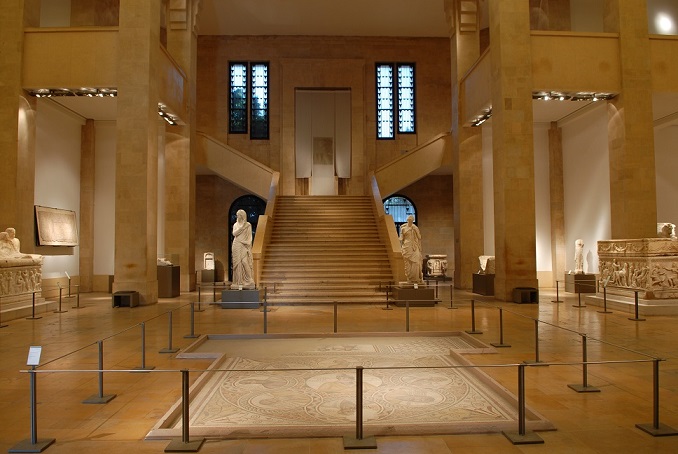
Foundation
In 1923, the "Friends of the Museum Committee", headed by Bechara El Khoury, then Prime Minister and minister of education and fine arts, was created to raise funds to build a national museum. The founding committee included: Alfred Sursok, Marios Hanimoglo, Albert Bassoul, Omar Daouk, Kamil Eddeh, Ali Jumblat, Henry Pharaoun, George Faissy, Assad Younes, Hassan Makhzoumi, Joseph Farahi, George Korom, Jean Debs, Wafik Beydoun and Jack Tabet. The committee accepted the plans presented by architects Antoine Nahas and Pierre Leprince-Ringuet. Construction began in 1930 on a plot of land donated by the municipality near the Beirut Hippodrome, and was completed in 1937. The opening of the museum was scheduled for 1938, but was postponed because of the political situation in the lead-up to World War II. The National Museum of Beirut was finally opened on May 27, 1942 by President Alfred Naqqache. Until 1928, the conservation of the Lebanese National Museum was put in the hands of Charles Virolleaud, the director of the service of antiquities and Philippe de Tarazzi, the Lebanese conservator of the National Library. The collection continued to grow under the direction of Mir Maurice Chehab, head curator for 33 years, until the start of the Lebanese Civil War in 1975.
